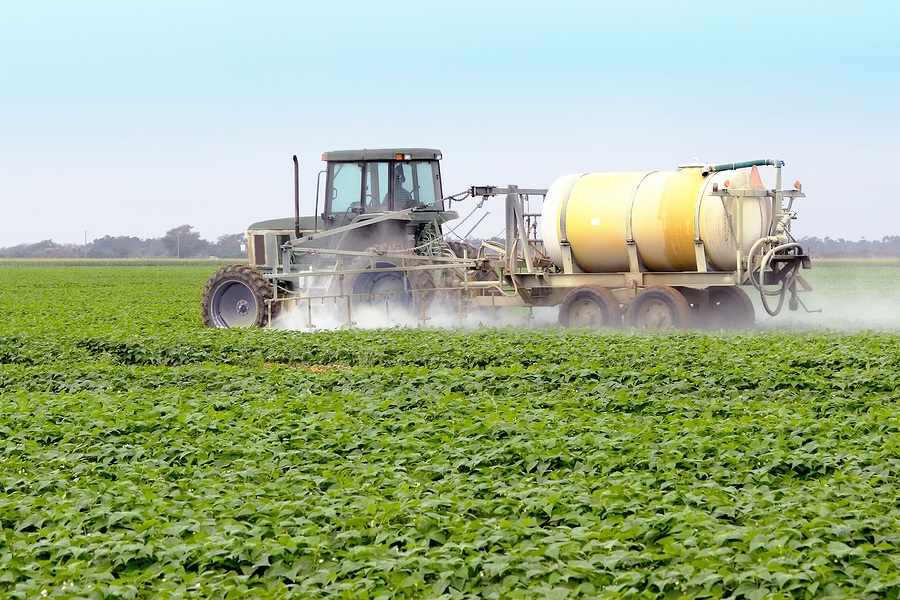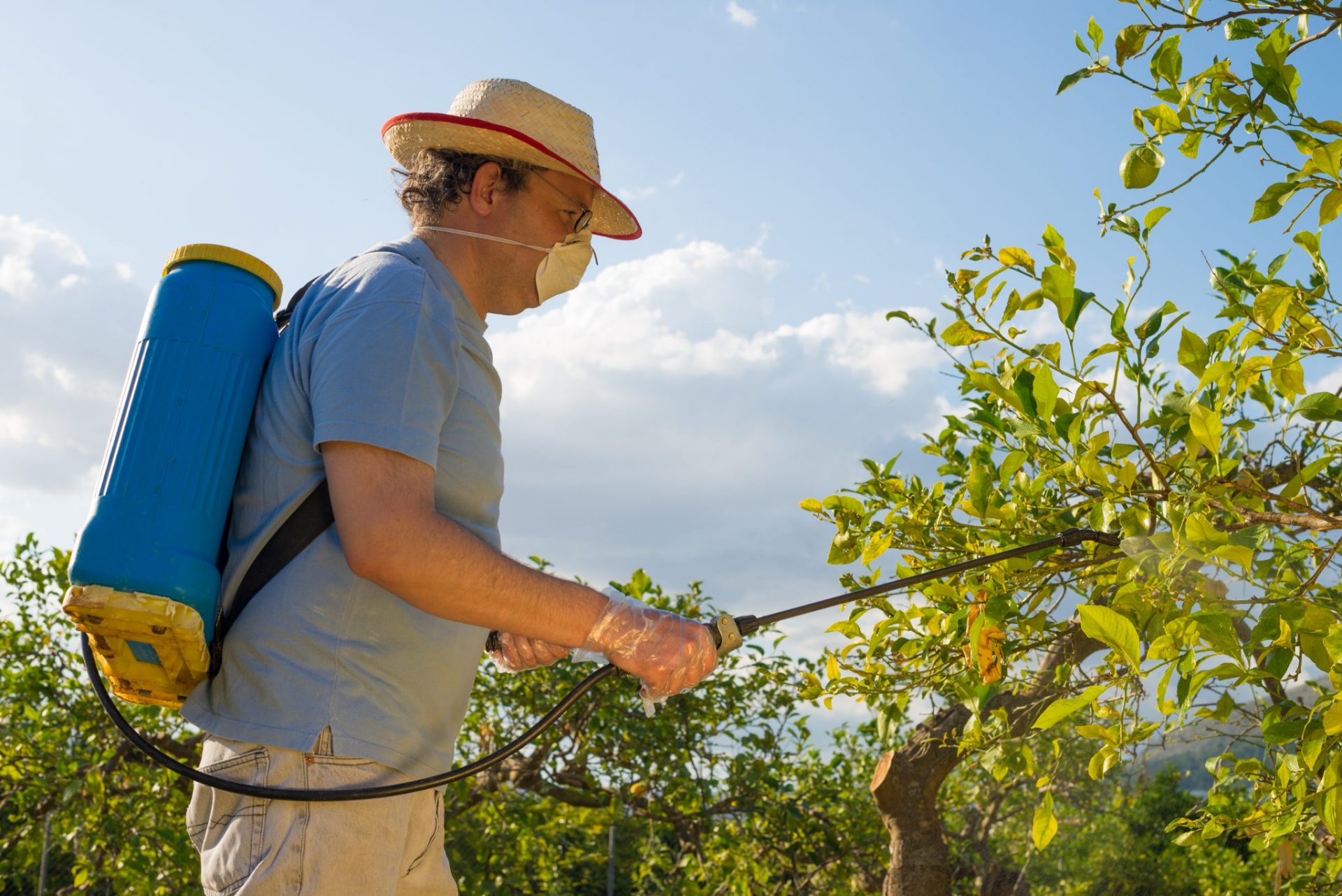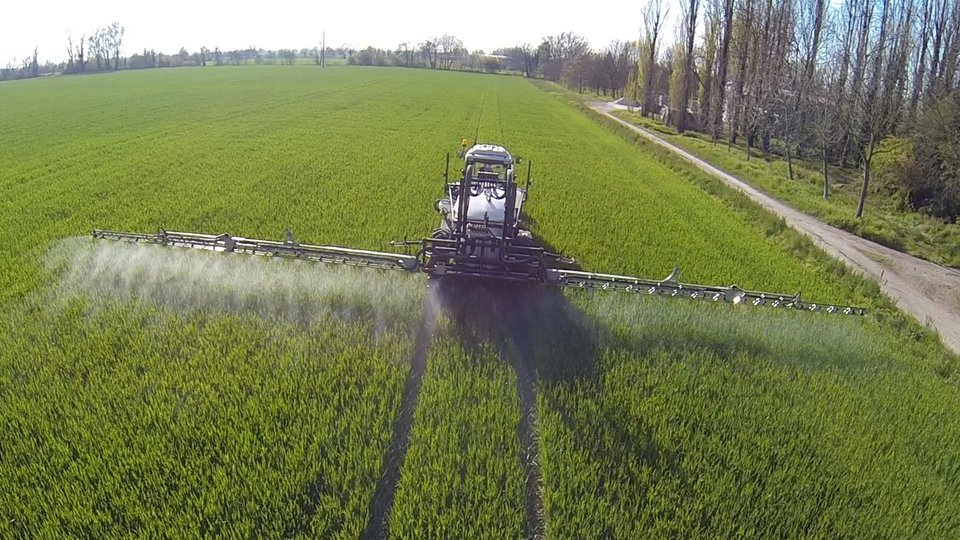Low level Roundup residues in food linked to serious liver disease
(NaturalHealth365) Natural health experts have long warned of the dangers of glyphosate, the herbicide found in Roundup weed killer. Listed as a “probable human carcinogen” by the World Health Organization, glyphosate has been linked with autism, ADHD, birth defects and cancer – among other devastating effects.
Now, recent research has yielded a bombshell finding – a shocking connection between glyphosate and liver damage, with the damage resulting from low environmentally relevant doses that correspond to the amounts permissible in tap water.
Guilty as charged: Roundup linked to serious health problems, study says
In a study published last month in Nature, researchers found that Roundup causes nonalcoholic fatty liver disease (NAFLD) in rats, even when given in infinitesimal doses of 4 nanograms per kilogram – a dosage 437,000 times below levels permitted in the United States.
Incidence of non-alcoholic fatty liver disease, the accumulation of excess fat in liver cells, is on the rise, with 90 million Americans currently affected. In fact, researchers believe that NAFLD is poised to become the next global epidemic. And the rates of associated disorders – such as obesity, metabolic syndrome and diabetes – are also soaring.
The research results, which researchers deemed “very worrying,” caused them to call for a re-evaluation of the safety and use of glyphosate-based herbicides.
What exactly did the research show?
In the study, helmed by Dr. Michael Antoniou and conducted at King’s College in London, researchers examined the molecular composition of the livers of female rats that had been given .1 ppb, or part per billion, of glyphosate in their drinking water daily for two years. The low dosage is important, as previous studies had examined the effect of megadoses.
This study built upon earlier research conducted by Dr. Gilles-Eric Seralini, in which a gene function profile showed that the rats had more structural and functional damage than the controls – as well as increased scarring, increased amounts of dead tissue, more disturbances in fat metabolism, and damage to cell mitochondria.
The new follow-up study by Dr. Antoniou, a re-examination of the original tissue, used cutting-edge analytical methods such as protein composition profile and small molecule metabolite biochemical profile.
These techniques showed biomarkers of NAFLD and its progression to steatohepatitis – a more advanced form of fatty liver disease – and confirmed liver dysfunction, as well as cell damage from oxidative stress. Roundup-treated female rats showed 3 times more anatomical signs of pathology than rats in the control group.
You can read the study here.
Could glyphosate exposure be the “missing link” in the rise of NAFLD?
Nonalcoholic fatty liver disease is primarily thought to be caused by excess caloric intake, the consumption of processed foods high in sugar and far, and a sedentary lifestyle. But, some people with NAFLD do not have these high risk factors – leading scientists to theorize that another factor is at work.
Symptoms of NAFLD include fatigue, weight loss, nausea, abdominal pain, jaundice, itching, swelling of the legs and abdomen, and confusion.
The condition can progress to nonalcoholic steatohepatitis – which further damages the liver, and is one of the leading causes of cirrhosis in adults in the United States. It can also progress to liver failure and liver cancer.
Glyphosate residue is currently found in foods and vaccines
Glyphosate is the most commonly applied weedkiller in the world – particularly in the United States — where more than 3.5 billion pounds of the herbicide have been used since 1974. It is used on Monsanto’s “Roundup Ready” crops of soy, corn, canola, alfalfa and cotton, which have been genetically altered to tolerate direct applications of glyphosate.
Glyphosate residue has been detected in many common foods and beverages, including wine and breakfast cereal. Last year, researchers found common childhood vaccines were also contaminated with glyphosate.
While natural health and consumer safety advocates in both the U.S. and the EU have called for a ban on glyphosate, The Crop Protection Association – a mouthpiece for Monsanto and other chemical giants – claims glyphosate is among the most “thoroughly tested” herbicides on the market, and that it poses “no risk” to human health.
And now, a totally ridiculous comparison: common substances that the CPA lists as “more toxic” than glyphosate include baking soda, table salt and caffeine.
The scientists who conducted the new study linking glyphosate with liver damage might beg to differ.
References:
https://www.ecowatch.com/monsantos-roundup-fatty-liver-disease-2187292390.html
https://www.theecologist.org/News/news_analysis/2988500/roundup_residues_in_food_cause_fatty_liver_disease.html










